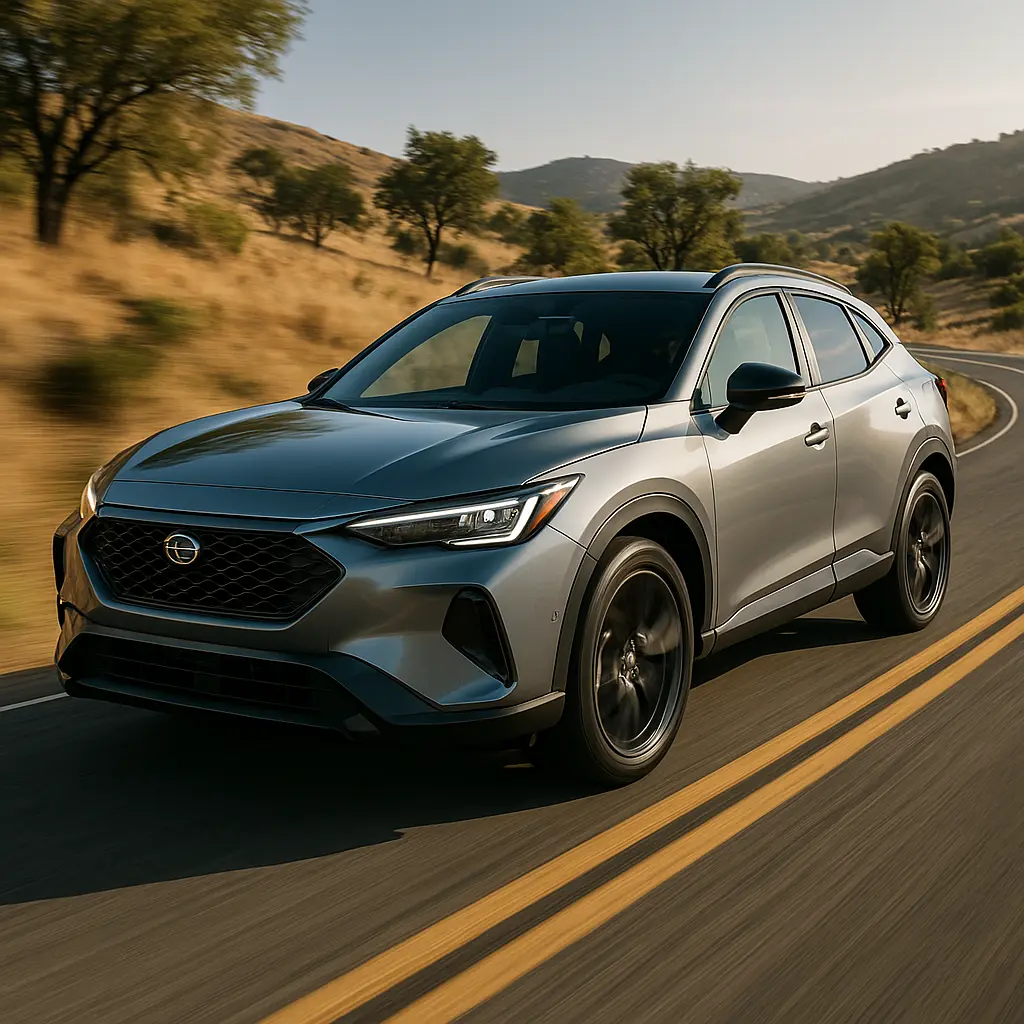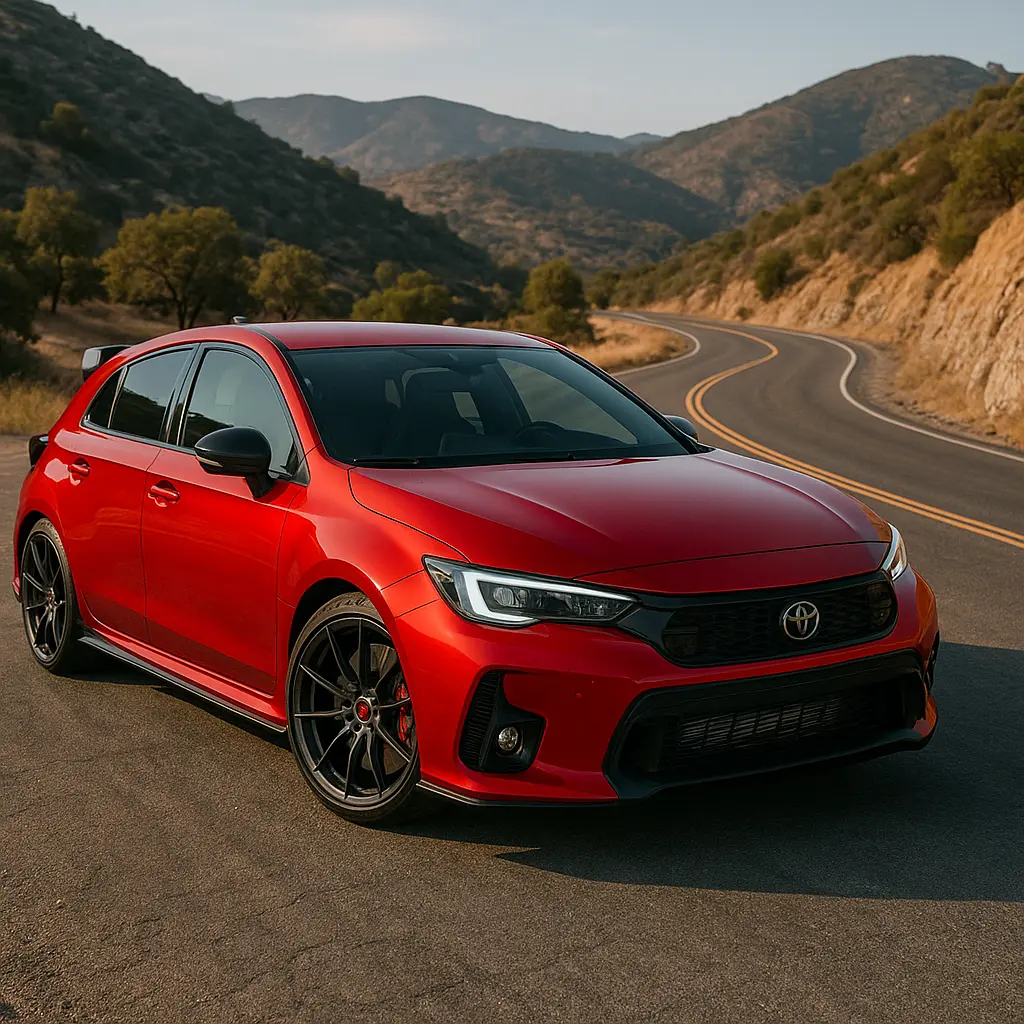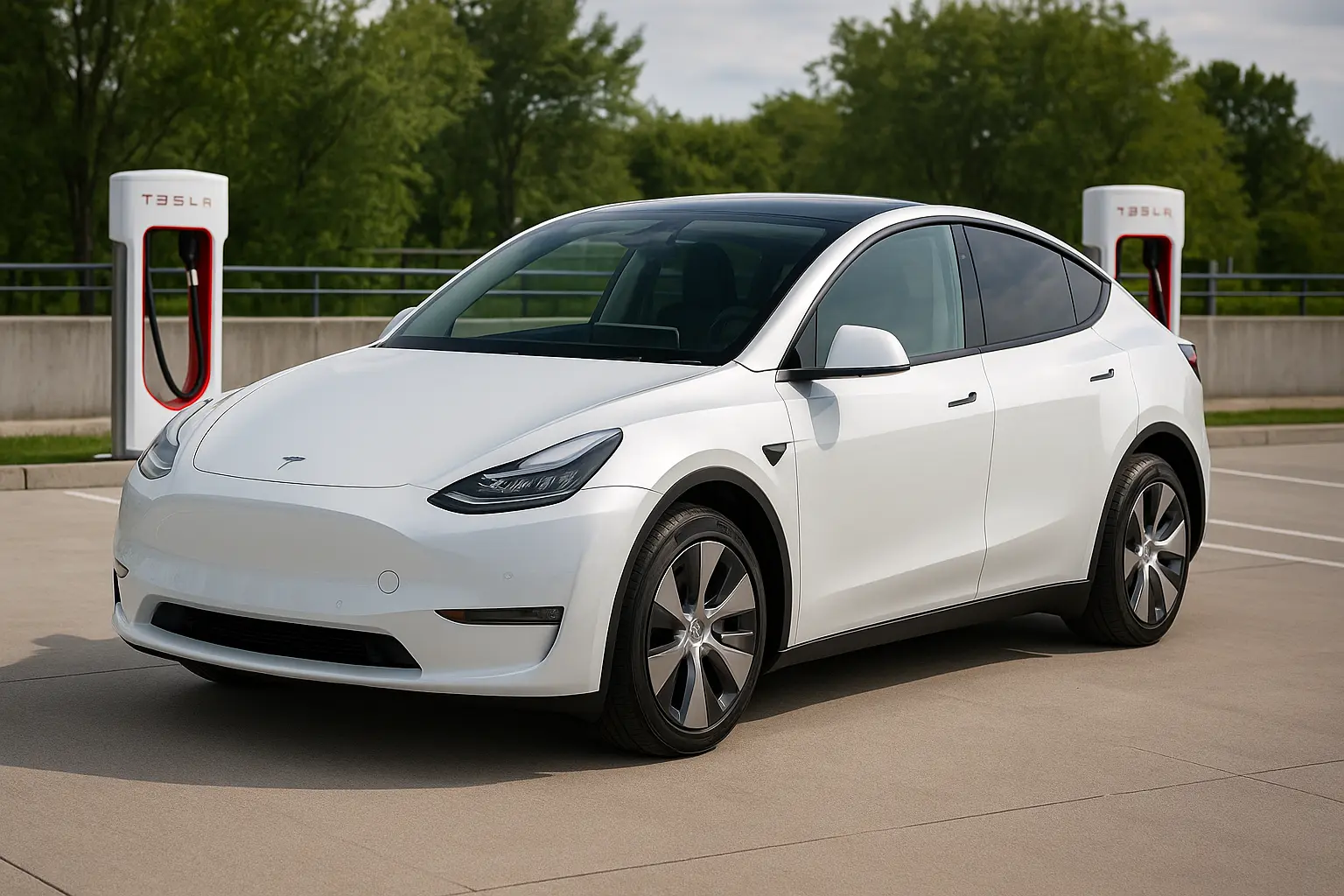Introduction: What Exactly Is Torque Vectoring?

Torque vectoring is a high-tech feature that enhances vehicle handling by intelligently distributing power between the wheels. Originally developed for performance cars and rally applications, it’s now making its way into mainstream sedans, SUVs, and even electric vehicles (EVs) in 2025.
But why the hype in 2025? It’s simple: car makers are pushing toward smarter, more connected, and safer vehicles. As powertrains evolve, so do control systems—and torque vectoring has become a major talking point for those who value not just power, but control.
Chapter 1: Torque Vectoring Explained in Simple Terms
At its core, torque vectoring is a system that controls how much torque (or rotational force) goes to each wheel. The aim is to maximise traction, enhance grip, and improve stability, especially when cornering or accelerating hard.
Types of torque vectoring systems:
Mechanical torque vectoring – Uses clutches and differentials to distribute power.
Electronic torque vectoring – Uses software and sensors for near-instant response.
Brake-based torque vectoring – Slows individual wheels to mimic vectoring.
EV torque vectoring – Independent motors at each axle or wheel enable precision control.
Chapter 2: Why It Matters in 2025 Cars
In the 2025 automotive landscape, cars are more powerful and more capable than ever before. From family SUVs to AWD hot hatches, automakers are packing torque vectoring into a variety of vehicles for better all-round performance.
Benefits include:
Better cornering control
Reduced understeer and oversteer
Enhanced traction on slippery or uneven surfaces
Improved acceleration in AWD cars
Increased driver confidence and safety
It’s not just about fun; it’s about functional performance on everyday roads too—especially in Australia’s diverse driving conditions.
Chapter 3: How Torque Vectoring Works with AWD and EVs
In modern all-wheel-drive (AWD) cars, torque vectoring works with the AWD system to precisely manage power to the wheels with the most grip.
EVs take it even further.
In dual-motor setups, each motor powers a separate axle. In quad-motor configurations (like the Rivian R1T or GWM Tank EV concepts), each wheel can be individually controlled. This allows next-level torque vectoring—called “torque vectoring by braking” or “true torque vectoring”—without mechanical intervention.
This tech is a game-changer for electric SUVs and performance EVs alike.
Chapter 4: Real-World Examples – Cars in 2025 With Torque Vectoring
Torque vectoring is no longer reserved for six-figure performance monsters. Here are cars across segments that use it:
🚗 Performance Sedans and Hot Hatches
2025 Subaru WRX with active torque vectoring
2025 Audi S3/S4 Quattro
2025 Toyota GR Yaris
🚙 Family SUVs
2025 Mazda CX-90 with i-Activ AWD & torque control
2025 Kia Sorento AWD variants
2025 Hyundai Tucson N Line AWD
⚡ Electric Cars
2025 Tesla Model S Plaid (with software torque vectoring)
2025 BMW iX and i4 M50
2025 Hyundai Ioniq 5 N
2025 Polestar 3 and 4
🛻 4x4 & Off-Road Vehicles
2025 Ford Everest with torque-on-demand AWD
2025 Land Rover Defender with advanced terrain response
2025 GWM Tank 300 hybrid with torque-distribution AI
Chapter 5: Performance vs Safety – Two Sides of Torque Vectoring
While performance lovers adore torque vectoring for sharper driving, it’s also a major safety feature.
Performance Perks:
Faster corner exits
More confident overtakes
Reduced lap times (in sports cars)
Safety Advantages:
Stability in wet or gravel conditions
Reduced risk of spin-outs in emergency manoeuvres
Better traction when towing or climbing
It’s the same tech—but with different goals depending on the context.
Chapter 6: Torque Vectoring in Budget-Friendly Cars – Is It Possible?
Surprisingly, yes. Torque vectoring is no longer exclusive to luxury or performance vehicles.
Examples under $50K AUD:
2025 Subaru XV / Crosstrek
2025 Mazda CX-5 AWD variants
2025 Mitsubishi Eclipse Cross AWD
2025 Toyota RAV4 Edge AWD
Manufacturers now include simplified or brake-based torque vectoring in these models, giving budget-conscious Aussies a taste of high-end dynamics.
Chapter 7: How It’s Tuned – Not All Torque Vectoring Is Equal
Not all systems are created equal. Automakers tune torque vectoring differently:
BMW prioritises sportiness and cornering sharpness.
Subaru balances safety and predictable AWD grip.
Mazda focuses on subtle comfort and driver feedback.
Land Rover optimises for traction in harsh terrain.
This tuning difference affects how the car feels on the road or trail.
Chapter 8: Future of Torque Vectoring – What's Next After 2025?
Torque vectoring is set to evolve further with:
AI-assisted predictive systems (based on road and driver behavior)
Camera and Lidar input for real-time surface mapping
True four-wheel electric vectoring in EVs
As EV architectures become more modular and digital, torque vectoring will no longer be a "bonus" feature—it will be the control backbone of high-performance, safe driving.
Expect even compact electric city cars to get basic forms of torque control by 2030.
Chapter 9: Should You Choose a Car With Torque Vectoring in 2025?
Yes—especially if you:
Drive on twisty or wet roads
Want better control without sacrificing comfort
Tow loads or go off-road occasionally
Love driving and want confidence on every trip
No—if:
You only drive in flat, urban areas
You prioritise fuel efficiency above all (some systems add weight/complexity)
You’re buying a basic front-wheel drive commuter with no AWD option
Conclusion: Torque Vectoring Isn’t Just for Racers Anymore
In 2025, torque vectoring has become a cornerstone of advanced vehicle dynamics, not just a niche feature. Whether you’re buying a high-end EV, a rugged off-roader, or a well-equipped AWD SUV, this tech is increasingly available—and incredibly useful.
With more Australians exploring regional drives, tackling diverse terrains, and embracing performance-oriented family cars, torque vectoring is becoming not just relevant, but essential.
Leave a comment
Your email address will not be published. Required fields are marked *




















